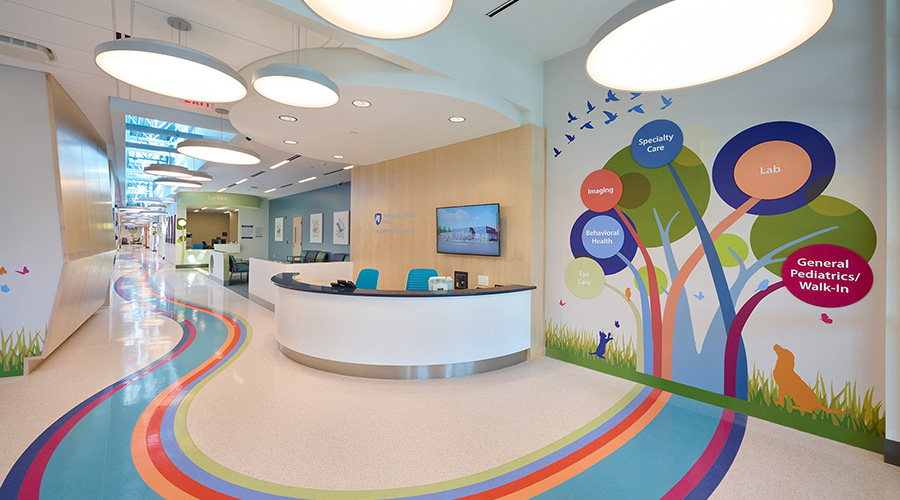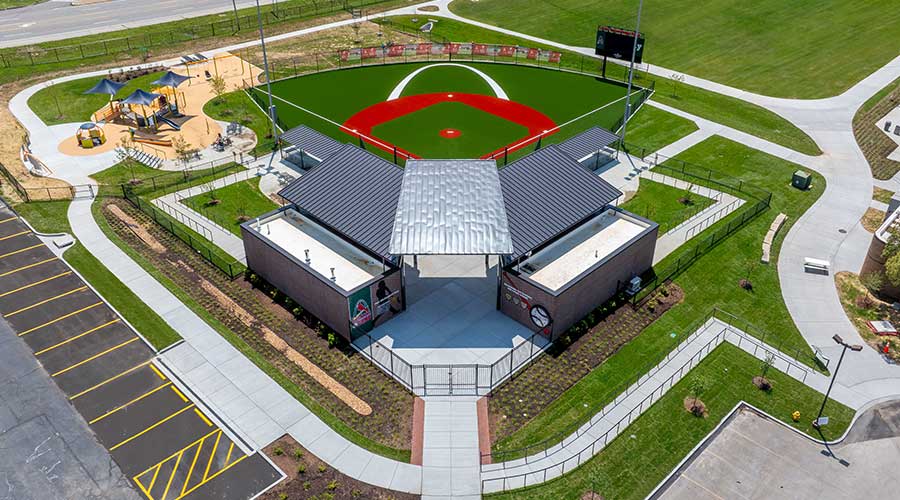JCAHO Alert Targets Emergency Electrical Power System Failures
The Joint Commission on Accreditation of Healthcare Organizations (JCAHO) last month issued an alert urging health care organizations to pay special attention to the way emergency power systems can fail. The alert also recommends specific steps to keep patients safe in the event of a disaster or other major event that knocks out the organization’s electrical power supply.
The Joint Commission on Accreditation of Healthcare Organizations (JCAHO) last month issued an alert urging health care organizations to pay special attention to the way emergency power systems can fail. The alert also recommends specific steps to keep patients safe in the event of a disaster or other major event that knocks out the organization’s electrical power supply.
Reports from the 2001 floods in Houston, the 2003 blackout in the Northeast, and hurricanes that struck the Southeast United States over the past two years show how severely clinical operations can be affected in health care organizations that lose their electrical power. The alert brings the reality of these risks to the attention of the nation’s health care organizations.
“Health care facilities are highly dependent upon reliable electrical power, but recent experiences show that emergency power systems are not always sufficient during a major catastrophe,” says Dennis S. O’Leary, M.D., JCAHO’s president. “These organizations must recognize the potential fragility of external electrical power sources and their own emergency generator systems, and develop appropriate contingency plans that can be activated when needed.”
According to the alert, compliance with minimum National Fire Protection Association (NFPA) codes is not enough to assure the safety of patients and their care during an emergency situation. For example, many health care organizations did not have sufficient power to cool or ventilate facilities in the sweltering aftermath of Hurricane Katrina. Also, insufficient or unavailable electricity-dependent elevators to transport patients delayed their evacuations.
To reduce risks to patients created by power failures, the alert recommends that health care organizations take the following specific steps:
• Match the critical equipment and systems needed in an extended emergency against the equipment and systems actually on the emergency power system.
• Inventory emergency power systems and the loads they serve.
• Provide training for, and test, those who operate and maintain the emergency power supply system.
• Ensure that generator fuel is available and usable.
• Assure that the organization management and clinical leaders know how long emergency power will be available and what locations within the facility will and will not have emergency power in the event of an electrical outage.
• Establish contingency plans for doctors and other caregivers to follow during losses of electrical power.
In addition to the alert, JCAHO is adding a new requirement in 2007 that organizations test emergency generators at least once every 36 months for a minimum of four continuous hours. Facilities already must test their generators 12 times a year for 30 minutes. If a test fails, the organization must immediately implement stopgap measures until a permanent fix can be put into place.
For more resources on addressing electrical power failures, visit the Joint Commission International Center for Patient Safety’s free, online database of practices and interventions to prevent adverse events at the JCAHO web site.
Related Topics:











